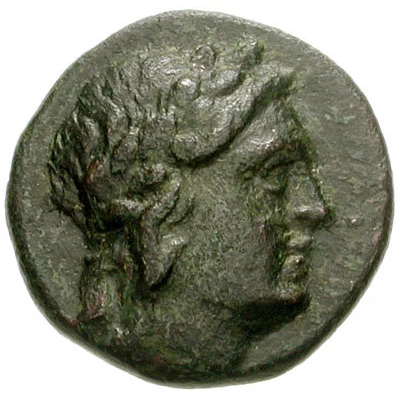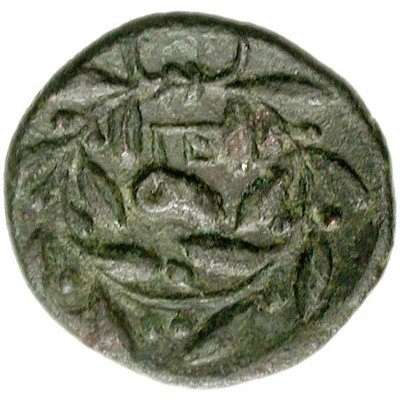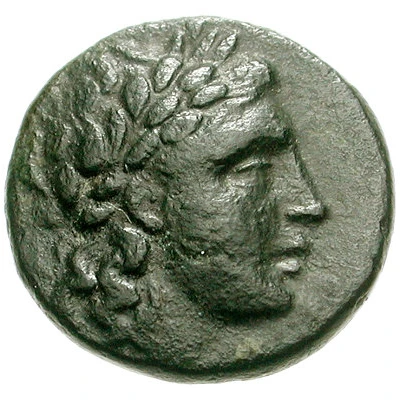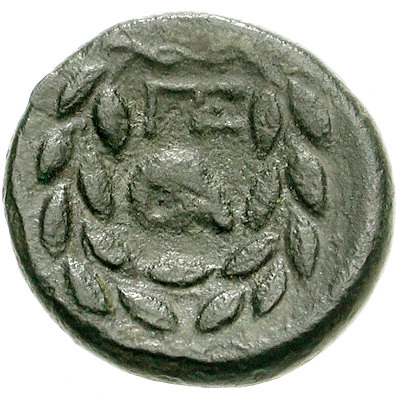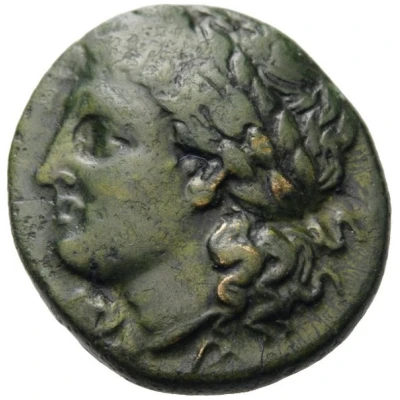
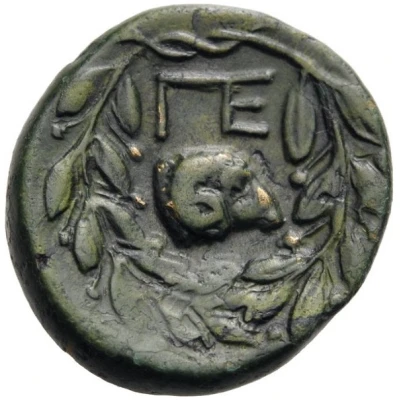

© Nomos AG
Tetrachalkon 350 BC - 300 BC
| Bronze | 3.71 g | 17.0 mm |
| Issuer | Pellene (Achaia) |
|---|---|
| Type | Standard circulation coin |
| Years | 350 BC - 300 BC |
| Value | Tetrachalkon (1⁄12) |
| Currency | Drachm |
| Composition | Bronze |
| Weight | 3.71 g |
| Diameter | 17.0 mm |
| Shape | Round (irregular) |
| Technique | Hammered |
| Demonetized | Yes |
| Updated | 2024-10-10 |
| Numista | N#190652 |
|---|---|
| Rarity index | 100% |
Reverse
ΠE ligature over ram’s head to right. All within laurel wreath with ties above
Script: Greek
Lettering: ΠE
Interesting fact
The Tetrachalkon coin was used in ancient Greece during the 4th century BC and was equivalent to four chalkoi, which is where it gets its name. Chalkoi were small bronze coins that were worth about 1/4 of a drachma, so the Tetrachalkon was essentially a coin that was worth four times that amount. It's interesting to note that the Tetrachalkon was used during a time when bronze coins were still a relatively new innovation in ancient Greece, and it shows how the use of coinage was becoming more widespread and standardized during this period.
